Queensland textile designer Olive Ashworth (1915–2000) made a major contribution to Australia’s visual culture. Authors and academics Nadia Buick and Madeleine King have explored the works of this local artist , whose stunning designs are part of the Australian collection.
Ashworth was born in Brisbane and educated at Somerville House. After the death of her father the family moved to Melbourne where she studied commercial art at the Art Training Institute completing the course by correspondence on her return to Brisbane.
A new taste for the tropics
Vividly coloured, lightweight fabrics made up in leisurely — or barely there — silhouettes, are hallmarks both celebrated and derided as Queensland style. Our distinctively tropical environment has been formative in the work of local designers with international success: from Paula Stafford, regarded as Australia’s original bikini designer, to Brisbane fashion house Easton Pearson. Olive Ashworth deserves recognition among them. During our years spent researching and writing about Queensland fashion for our online project The Fashion Archives, and subsequent book titled Remotely Fashionable (2015), Ashworth’s designs — which might be Australia’s answer to Josef Frank’s1 — became personal favourites.
The designs of Olive Ashworth

Over four decades of the twentieth century, Ashworth sustained a successful practice as a commercial artist, designer and entrepreneur at a time when such pursuits were dominated by men. She drew inspiration from Queensland’s natural features, flora, fauna and lifestyle, developing a unique visual language across graphic design, advertising, and textile and fashion design. Her work coincided with, and contributed to, Queensland’s steadily growing reputation as the ‘Holiday State’.
In this century, however, Ashworth’s legacy has been largely overlooked. Design: Reef fantasy 1971 is a classic Ashworth piece depicting a splendid array of underwater life in rust, turquoise, acid yellow and cobalt blue.
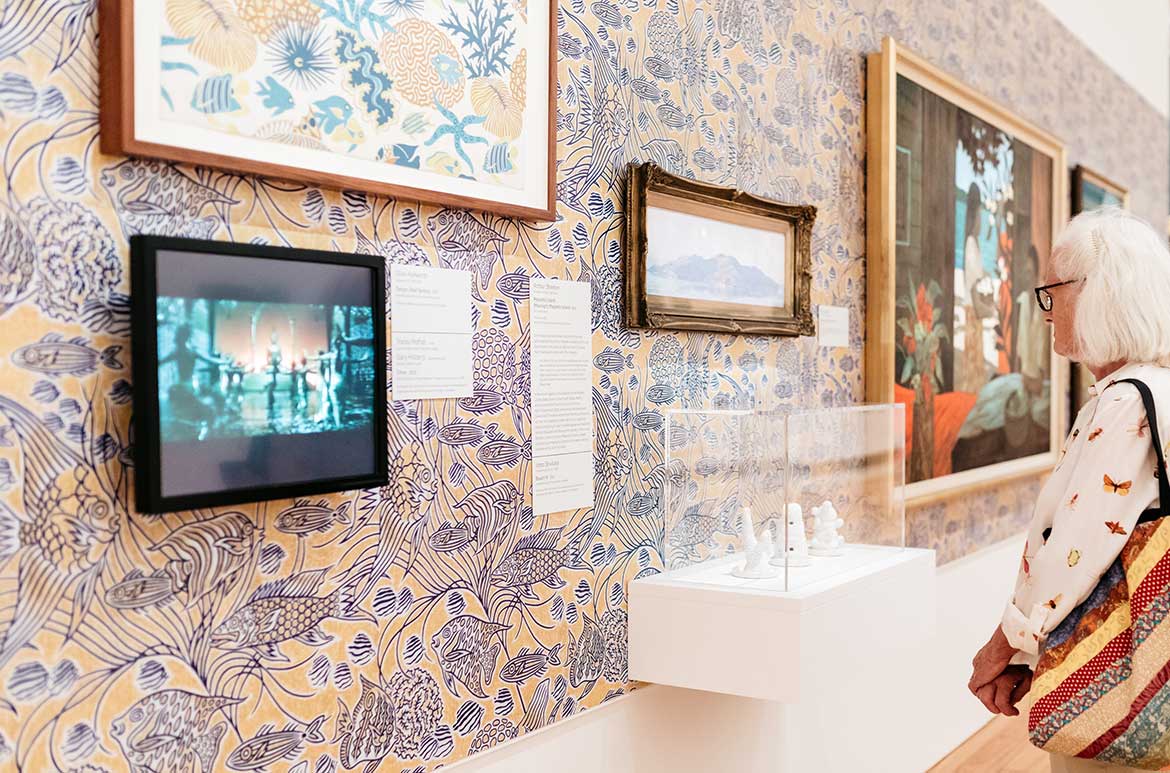

Go behind-the-scenes with Conservation and watch as we delve into the secrets of ‘Design: Reef fantasy’
Olive Ashworth, Australia 1915-2000 / Textile length: Reef fantasy 1971 / Commercially printed cotton cloth / Purchased 1996. Queensland Art Gallery Foundation / Collection: Queensland Art Gallery / © Estate of the artist
Having trained in Melbourne in the 1930s, where her talents were rewarded with several medals,2 Ashworth returned to her hometown of Brisbane to head the art department of Australian tourism and food company Burns Philp. At the end of World War Two, she launched her own commercial design and advertising company, Olive Ashworth Publicity Services, which operated until the mid 1960s. This business was keenly timed with an emerging postwar tourist market surrounding the development of island resorts in Queensland. Her imaginative brochures for formerly wild destinations, such as Heron Island, were instrumental in making the Great Barrier Reef an accessible and glamorous tourist destination. She dedicated much time to studying the reef from an underwater viewing observatory, producing pencil, gouache and watercolour sketches of the sublime displays of coral, shells and fish. These sketches were reproduced in tourist brochures, and carefully repeated as patterned prints for textiles. Her early work was quite faithful to what she observed on the reef, although influenced by graphic styles and colour palettes of the time; her later work became more stylised, perhaps in keeping with Australia’s kitsch sensibility of the 1970s and 1980s.
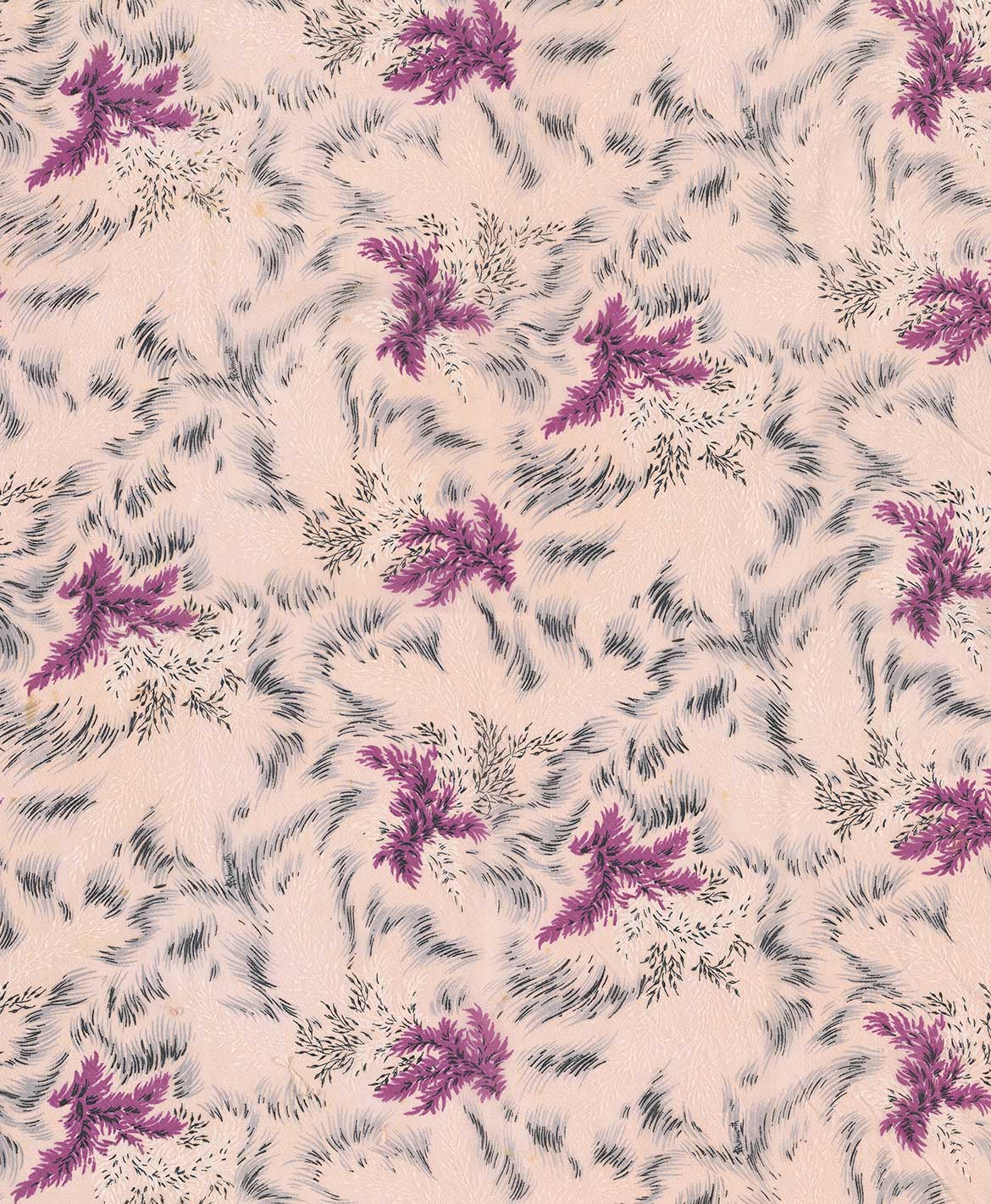
Her highly publicised design Aquarelle c.1954, inspired by seagrass floating on the reef, was a finalist in the prestigious Leroy-Alcorso Textile Design Competition that year, and helped Ashworth transition from tourism advertising to textiles. Her use of distinctively Australian motifs secured her an international market, and won favour with local audiences.
At the end of World War Two, Europe and the United States had a new interest in Australia’s geographical context. James A Michener’s Pulitzer Prize-winning book Tales of the South Pacific (1947) and the subsequent Rodgers and Hammerstein musical South Pacific (1949) brought international attention to the motifs of the region; the Academy Award-winning film of the same name revived popular interest in 1958. It’s not surprising, therefore, that Ashworth’s colourful tropical designs resonated with the international market in this same period.
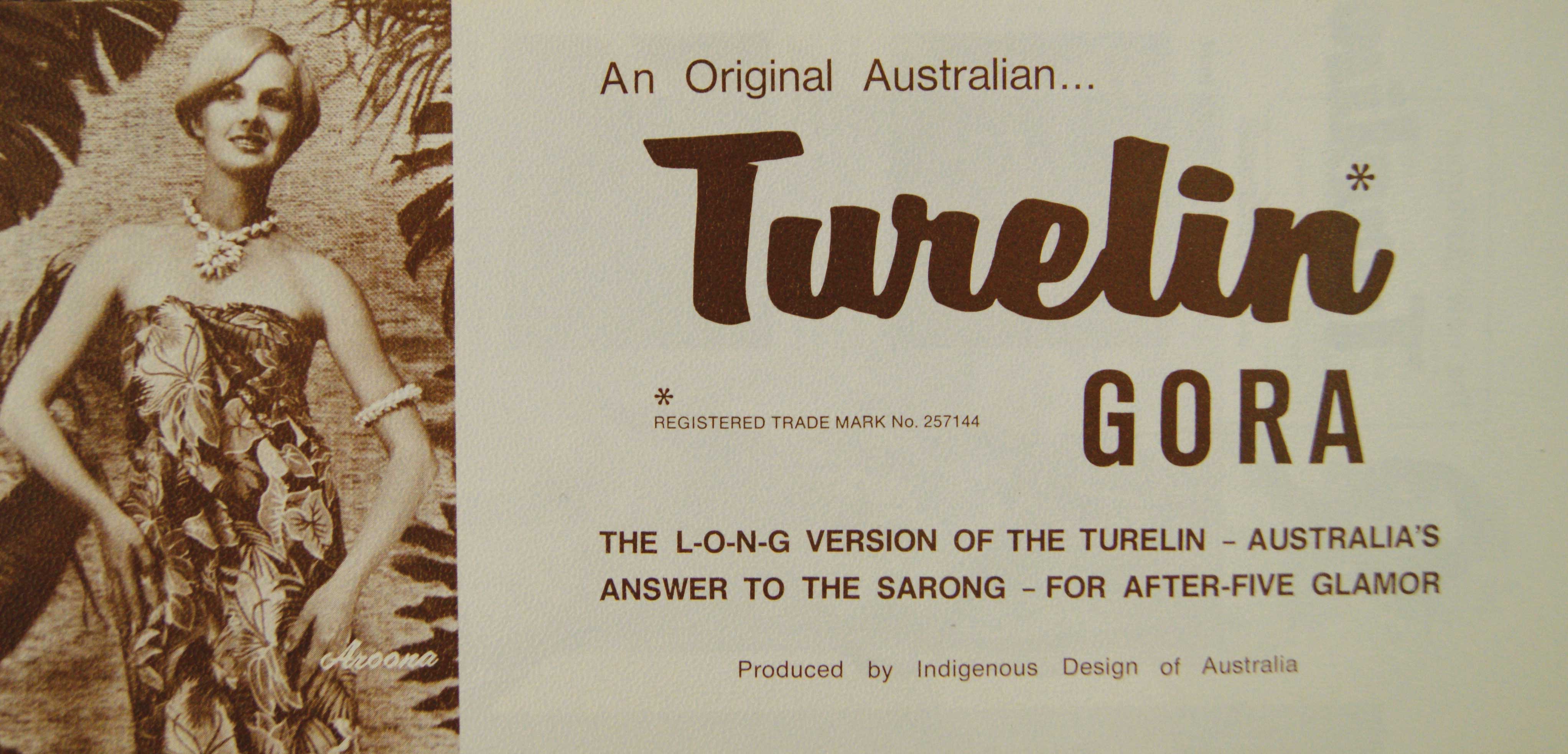

Ashworth drew not only on the imagery of the Asia Pacific region, but also on styles of dress. As she had done with her prints, she gave local flavour to an established design, particularly when she marketed her printed-cotton wraparound garment, the Turelin, as ‘Australia’s answer to the sarong’. By the 1970s, Ashworth had expanded her business with the launch of a clothing and textiles label called Indigenous Designs of Australia. The name of this new venture was likely an extension of Ashworth’s belief that ‘Australian motifs should be more widely used in textile designs’,3 and calls to mind Margaret Preston’s use of Aboriginal imagery and motifs in order to advance a new ‘Australian’ style in design and art. Though Ashworth’s designs did not appear to directly appropriate Aboriginal art, as Preston’s had done, Ashworth used Aboriginal words to name her garment designs — a practice common at the time, but troubling from a contemporary perspective. The final decade of her career brought a new business name, Olive Ashworth Specialty Cottons Boutique, and exhibitions at the Queensland Art Gallery (1982), the Gold Coast City Gallery (1988) and the State Library of Queensland (1991).

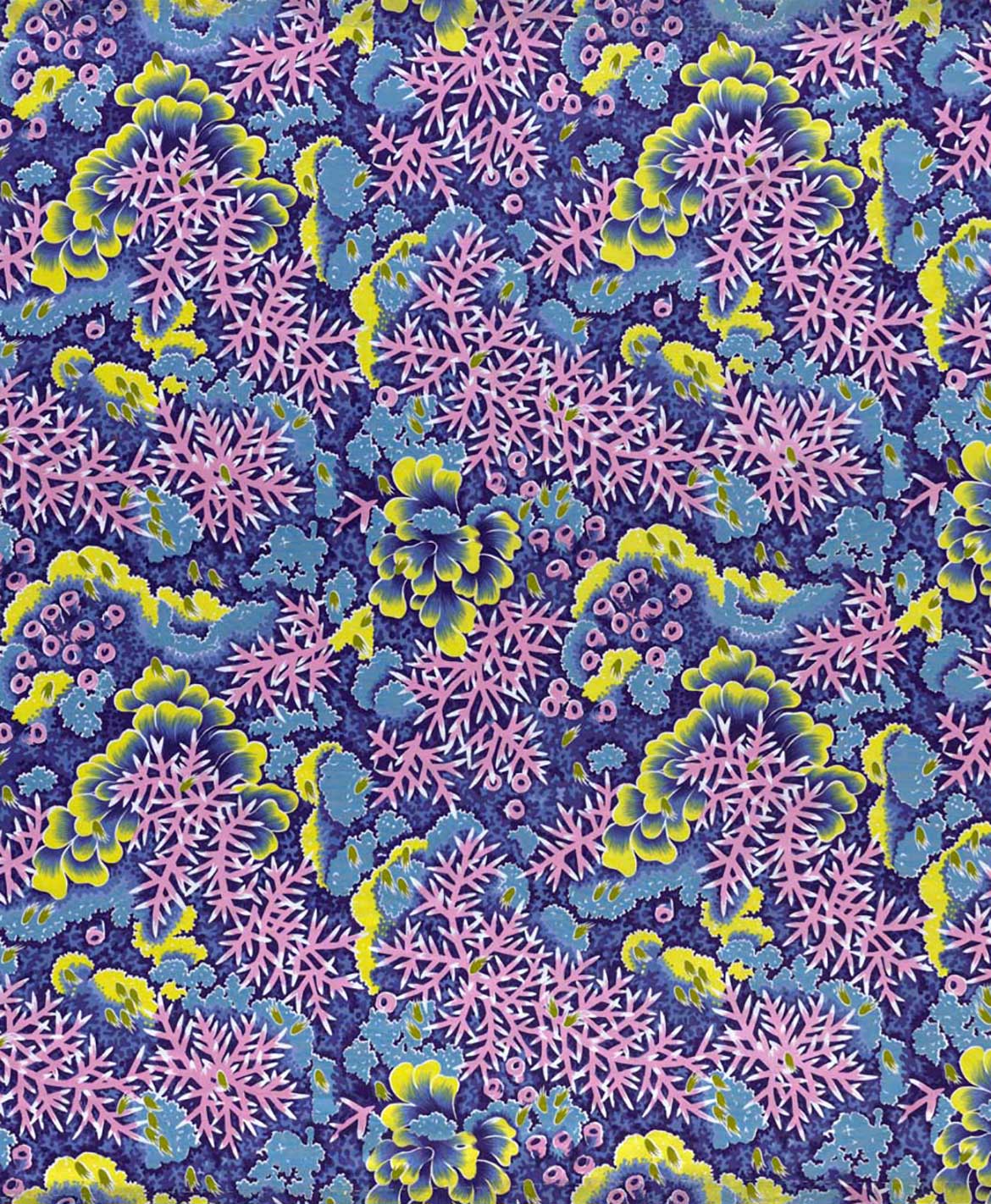
With much of the state’s touristic identity borrowed from elsewhere — such as the imagined landscape of (non-native) hibiscus and frangipani found in holiday brochures and on souvenir tea towels — Olive Ashworth’s major contribution to Australia’s visual culture was in capturing the distinctive elements of Queensland’s natural landscape. The Great Barrier Reef was an enduring source of inspiration, and Ashworth helped to craft the visually iconic status of this natural wonder, which remains a quintessential, if threatened, symbol of Queensland.
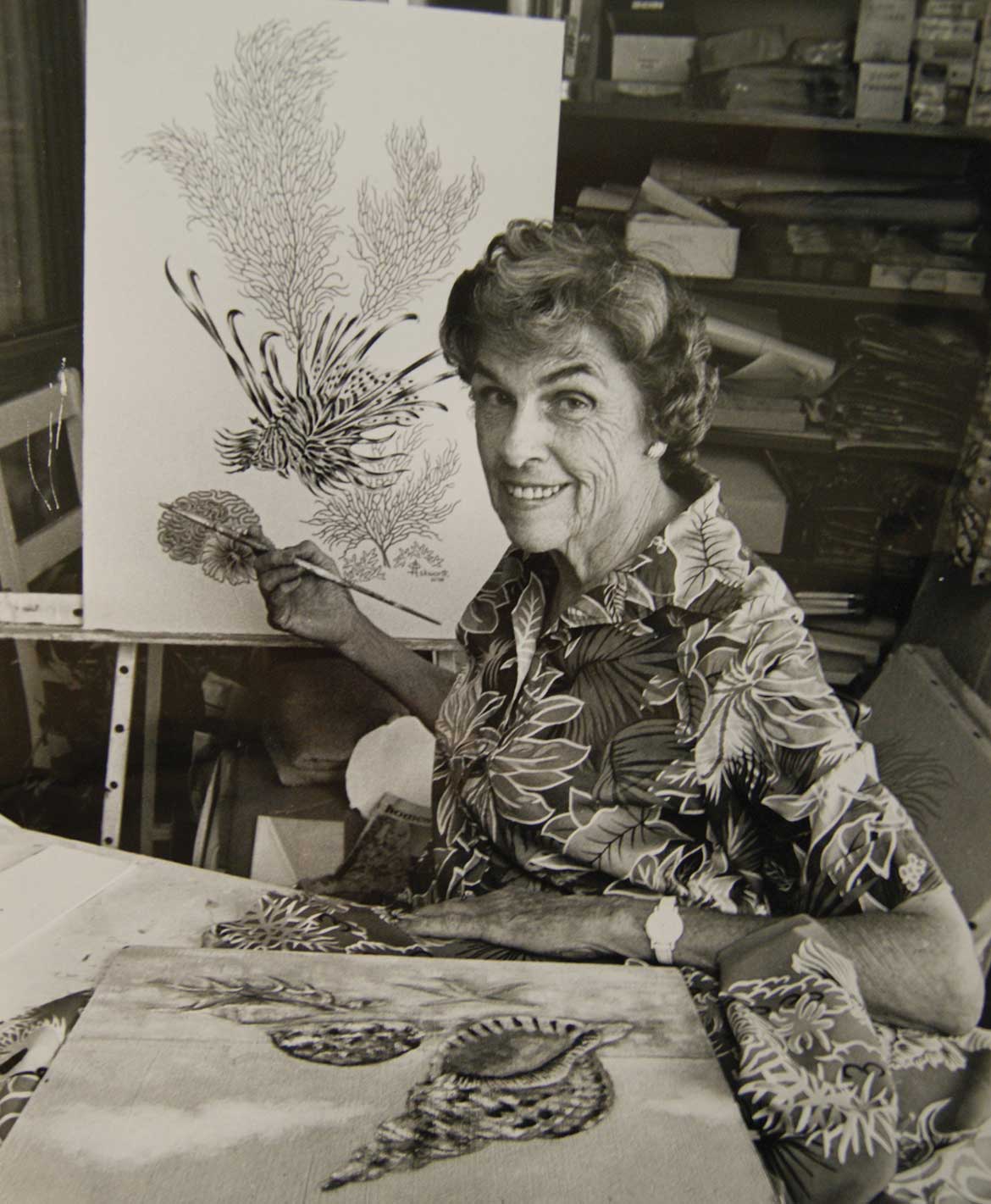
Dr Nadia Buick and Madeleine King are Brisbane based curators and researchers, and the editors of Remotely Fashionable: A Story of Subtropical Style (2015). They established the online journal and curatorial outfit The Fashion Archives in 2012, examining the past and present of fashion in Queensland, and were awarded the Queensland Business Leaders Hall of Fame Fellowship in 2014 for their project ‘High Street Histories’.
Endnotes
1 Austrian-born Josef Frank (1885–1967) was a Jewish architect and designer who moved to Sweden in 1933 to escape Nazi persecution. In Stockholm, he worked primarily for interior design company Svenskt Tenn, where ‘he reinterpreted favourite historic styles in more than 2000 pieces of furniture, but he was — and remains — best known for the textiles he designed featuring surreal organic forms in vibrant colours.’ See Alice Rawsthorn, ‘Josef Frank: Celebrating the anti-design designer’, New York Times, 19 January 2016, https://www.nytimes.com/2016/01/20/arts/design/josef-frank-celebrating-the-anti-design-designer.html, accessed 14 December 2017.
2 Joan Kerr, ‘Olive Ashworth: Biography’, Design & Art Australia Online, https://www.daao.org.au/bio/olive-ashworth/biography/, 1995 (updated 2011), accessed 29 November 2017.
3 ‘Won prize for textile design’, Sunday Mail (Brisbane), 20 June 1954, p.12, https://trove.nla.gov.au/newspaper/article/101720884, accessed 14 December 2017.
Featured image detail: Olive Ashworth’s Textile length: Reef fantasy 1971
#QAGOMA

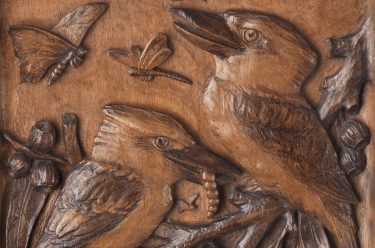
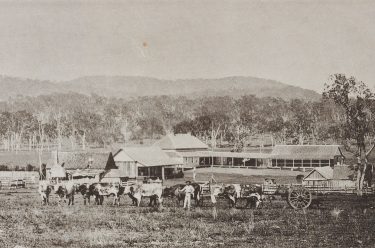
Greetings from New Delhi, India
It was a pleasure going through artworks inspired by marine life and landscapes. The paintings showcased a vibrant range of colours.
Oishee
Hi, I have been given an original piece of Olive Ashworth fabric with the Butterfly Fish design. I would like to view the collection that you have online if possible. Do you know of any book published with her designs? Thankyou, Tammy
Hi Tammy, your query has been passed on to our curatorial department. Regards QAGOMA